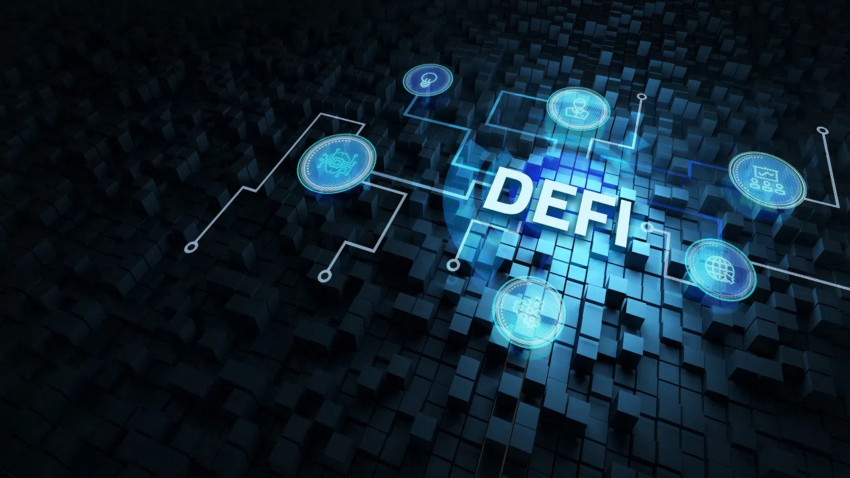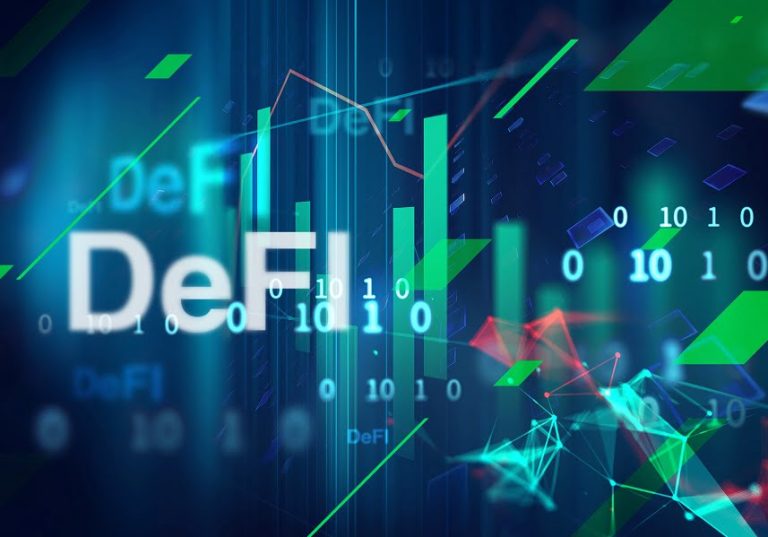Should CeFi and DeFi work together? This could give more people access to the crypto market. This, in turn, would drive the spread of cryptocurrencies, says Austin Kimm, Director of strategy and investments at Choise.com .
Are CeFi and DeFi dependent on each other?
Decentralized finance (DeFi) is one of the most discussed topics today, both in the field of cryptocurrencies and in finance in general. The new concept is widely seen as the next hurdle for the global economy.
Blockchain technology is changing the way we interact with the financial world and, if implemented correctly, has the potential to overcome institutional and bureaucratic barriers.
However, from a practical point of view, DeFi cannot function in isolation from the existing financial infrastructures. Currently, it is very difficult to buy cryptocurrencies through a bank card without using a centralized institution (CeFi).
Finding a solution for this and then being able to use cryptocurrencies to interact with the DeFi sector is quite a challenge. Both concepts have their advantages and disadvantages, and the desire to connect the two worlds is growing more and more. This facilitates access to the respective services.
Advantages and disadvantages of CeFi
If you buy groceries with a debit card today, the money will be debited from your bank account at a central institution. With a credit card, on the other hand, you spend the money that a bank or other appropriate institution has lent you. In addition, this is government paper money, which is printed and backed by the Central Bank of a country. This means that a central institution determines the inflation rate.
Countless examples illustrate that most of our financial interactions run through the CeFi system. So let’s look at the good and the bad sides of this system.
Benefits:
Smooth experience
If you buy something with your traditional debit card, you don’t have to worry much. All you have to do is hold the card to a device and the amount will be automatically debited from your account. You know that your money is safe and you don’t have to worry about a 20 percent drop in value within a day.
This is quite possible when using Bitcoin or other cryptocurrencies. If there is a problem in CeFi, you can always contact customer service. This applies to almost all centralized financial services.
You are probably a customer of a reputable institution that has to follow a number of strict regulations and laws to ensure the safety of your funds.
Support from Fiat to crypto
Buying or selling cryptocurrencies with fiat without passing through a cefi institute is a problem. While it’s not impossible, most people wouldn’t even know where to start. Integration between crypto exchanges and banks or other financial institutions allows for seamless and easy transactions from fiat to crypto and vice versa.
Minuses:
No control over your money
The lack of control over your money is one of the biggest disadvantages of relying on CeFi institutions. For example, storing funds at a bank or a central crypto exchange means that an institution has full control over your funds within the framework of the law. In order to protect their own interests, an institution could temporarily prevent customers from withdrawing money. This is often observed in times of economic turmoil, both in crypto companies and in traditional banking institutions.
Poor wallet support
When using Cefi crypto platforms, the services offered are probably only available for the coins of the platform. So if you are interested in holding different tokens, you probably have to use several different wallets. This is obviously very inconvenient.
Advantages and disadvantages of DeFi
Unlike centralized concepts, DeFi aims to use blockchain to create a financial ecosystem as an alternative to traditional financial systems. This allows users to keep control of their money. DeFi’s peer-to-peer technology replaces the middleman and enables the direct exchange of assets without the need for a central authority. Let’s take a closer look at the pros and cons of this market.
Benefits:
No middle man is needed
As the name implies, decentralized finance allows for a completely decentralized exchange of services on a peer-to-peer basis without the need for monitoring or control by third parties and institutions. Users bear full responsibility for their funds and can trade them freely without having to fear an abuse of power as in CeFi. All in all, DeFi is characterized by the empowerment of the individual.
A rich ecosystem
The rich ecosystem of DeFi offers products and services with endless possibilities from trading to interest on deposits and everything in between. Users can earn much more through these services than in CeFi.
Minuses:
Not beginner-friendly
The introduction to DeFi is quite time-consuming and the stakes are usually high. The concepts of this market can be a challenge even for experienced members of the crypto industry, not to mention newcomers who are only slowly finding their way around. The processes and mechanisms can be confusing. Inexperienced users can therefore easily get lost, often trade without the necessary knowledge and end up losing their money. That’s why some people, out of caution, completely turn away from DeFi and miss out on impressive income opportunities.
Risk of losing money
With more freedom comes more responsibility. DeFi wallets have a private key, you get a seed phrase and can use it to access your wallet from anywhere. Even if the password is lost or you change the device. However, saving the seed phrase is your job and if you lose it, your money will also be lost. There is no central institution in DeFi that keeps your information for you. Therefore, no one can help you to recover them in case of loss. It’s all up to you and that can make many people doubt and insecure.
No interoperability between blockchains
The DeFi ecosystem is not yet well integrated and the platforms usually do not support tokens from different blockchains. As a result, users will not be able to use all of their assets in a consistent and straightforward manner. Instead, it is necessary to switch between different blockchains in order to take full advantage of all the advantages of DeFi. This process is not only time consuming, but also involves fees.
Why not combine both systems?
Both CeFi and DeFi have advantages and disadvantages, and only in combination can they reach their full potential. The full integration of both systems would make it possible to store all digital assets in one place, so that users could effortlessly benefit from different services without ever having to change wallets or change blockchains.

An access for DeFi and CeFi
The CeFi system would provide easy access to all DeFi protocols and create universal access. Since a constant change between the protocols and coins would no longer be necessary, the entire process would be greatly simplified. The fees would be reduced and DeFi would be much more accessible even for beginners. By linking the two systems, more people will gain access to the crypto market and the spread of cryptocurrencies would be further promoted. In addition, such newly developed solutions also make the industry less deterrent.
About the author
Austin Kimm is the Head of Strategy and Investment at Choise.com and has more than 25 years of experience as CEO of international companies. His focus is on all types of financial services, in particular insurance and cryptocurrencies. Kimm built several companies, some of which were sold for more than $ 500 million.
Disclaimer
All information contained on our website is researched to the best of our knowledge and belief. The journalistic articles are for general information purposes only. Any action taken by the reader on the basis of the information found on our website is done exclusively at his own risk.




